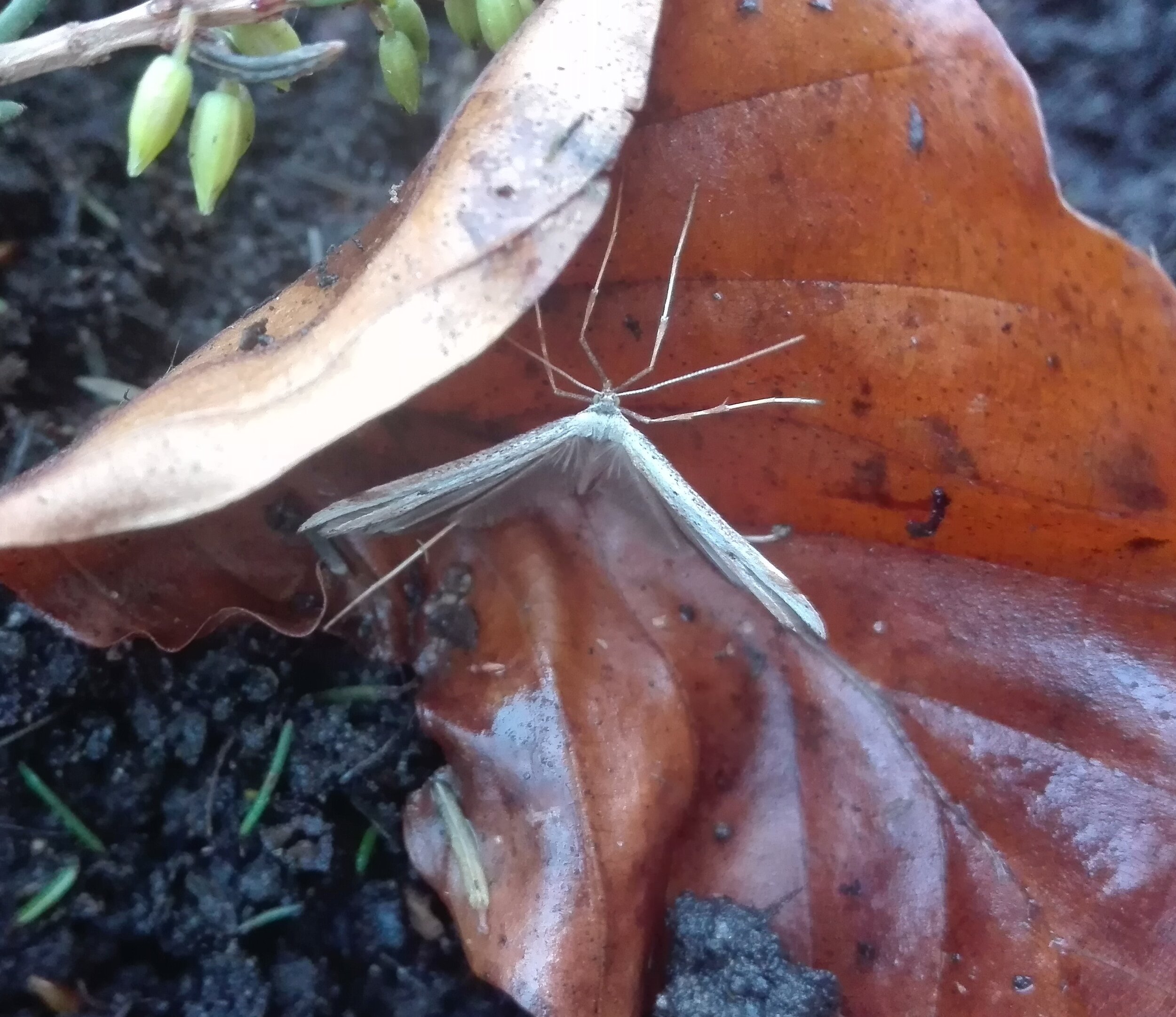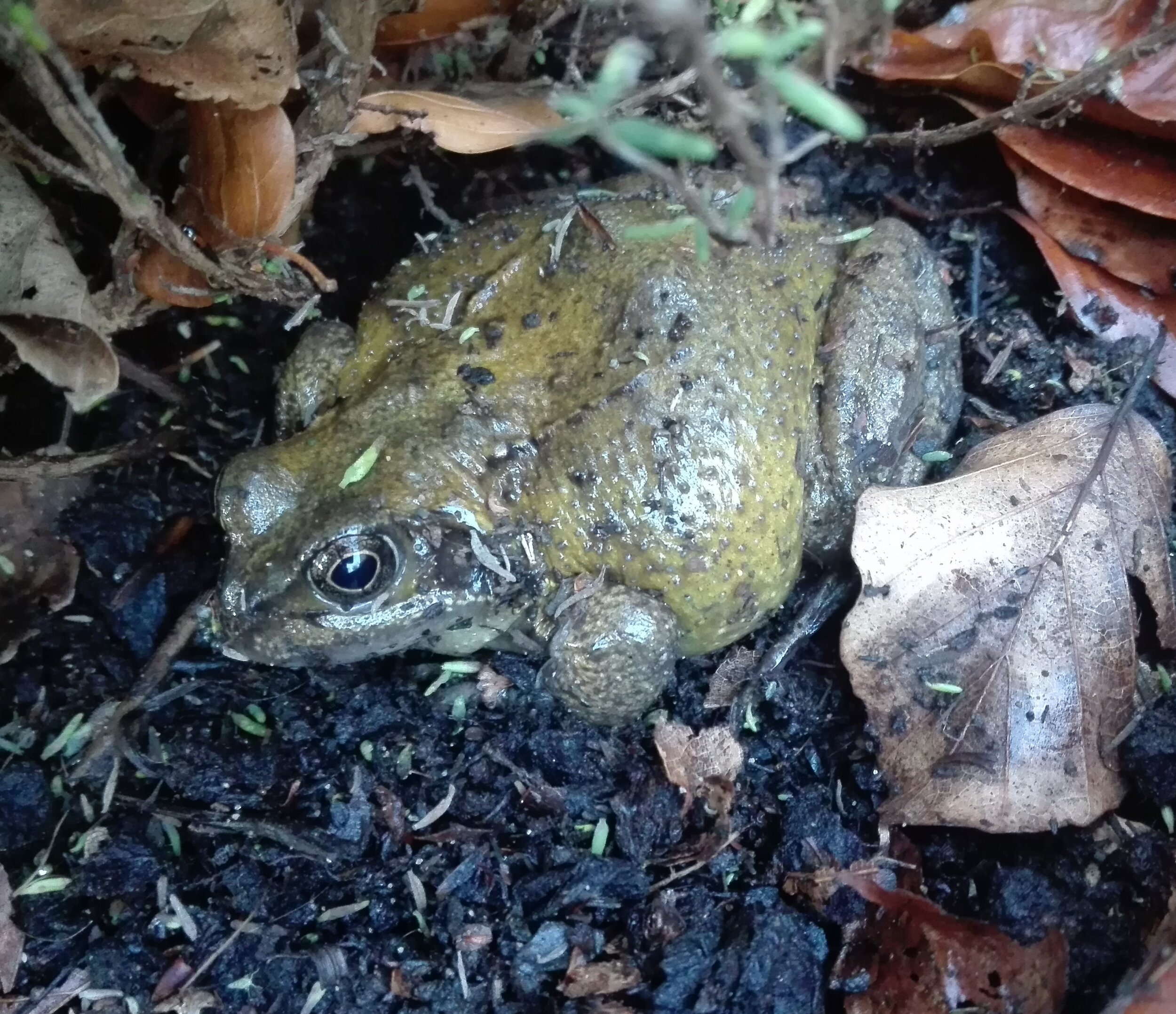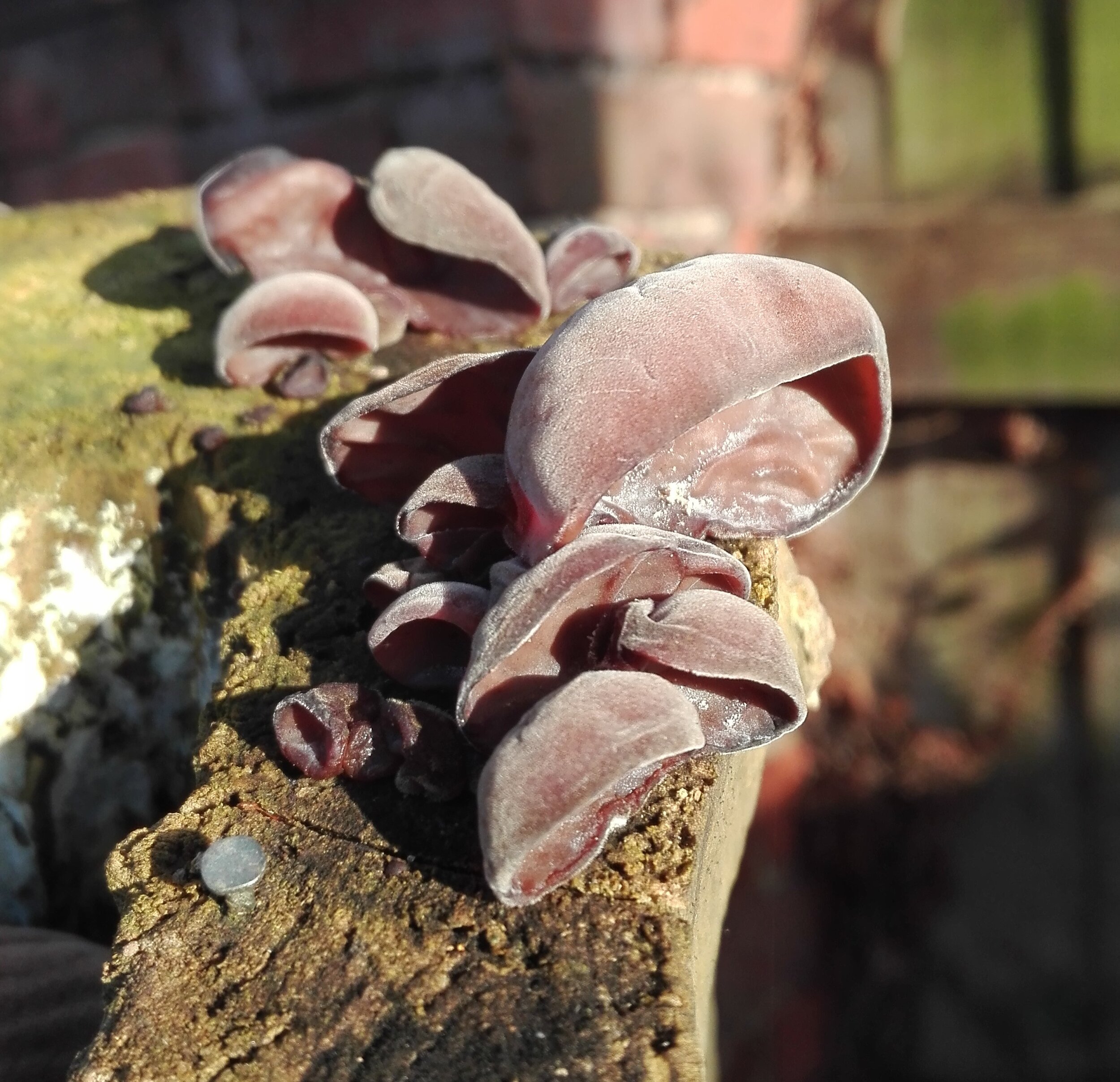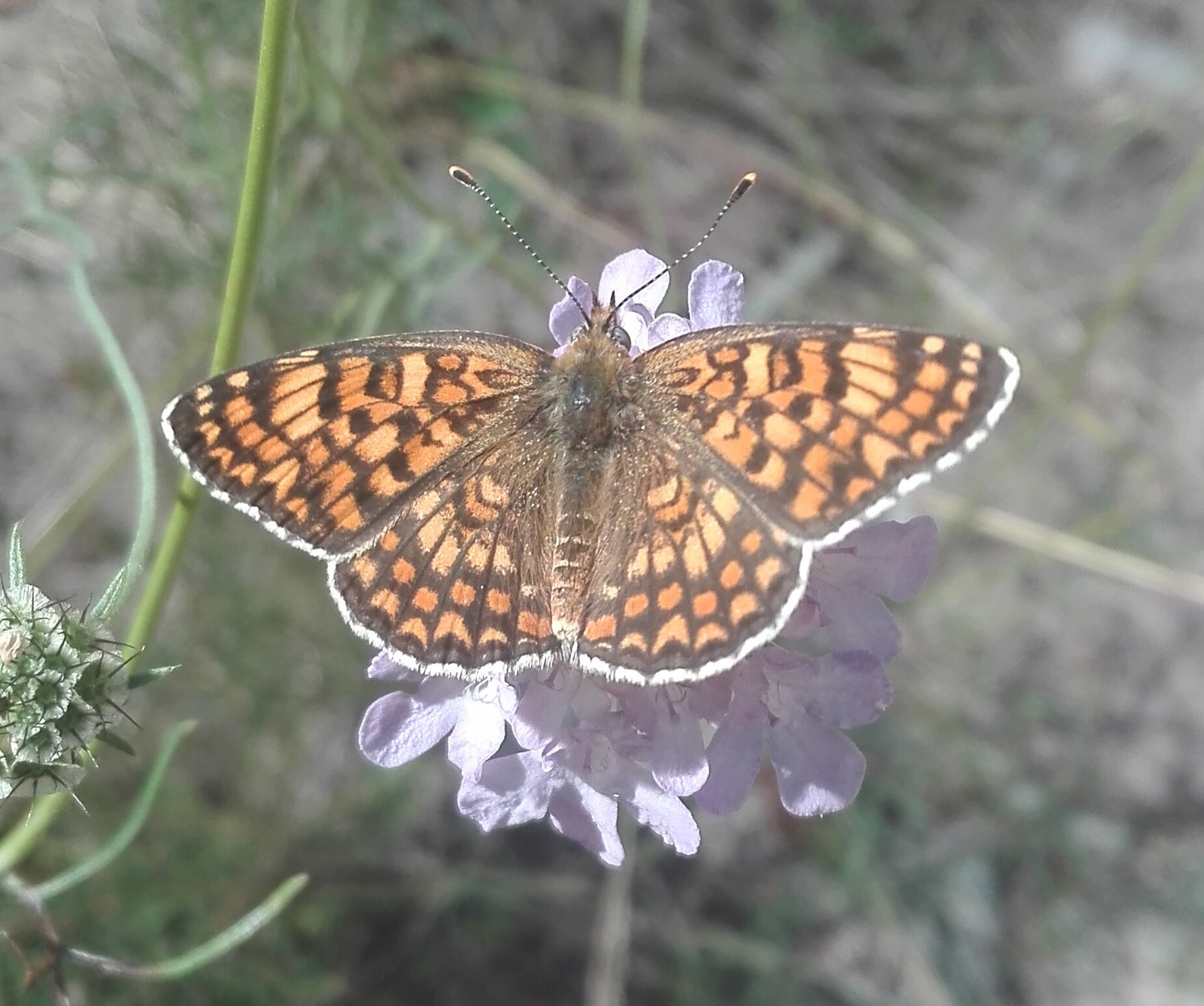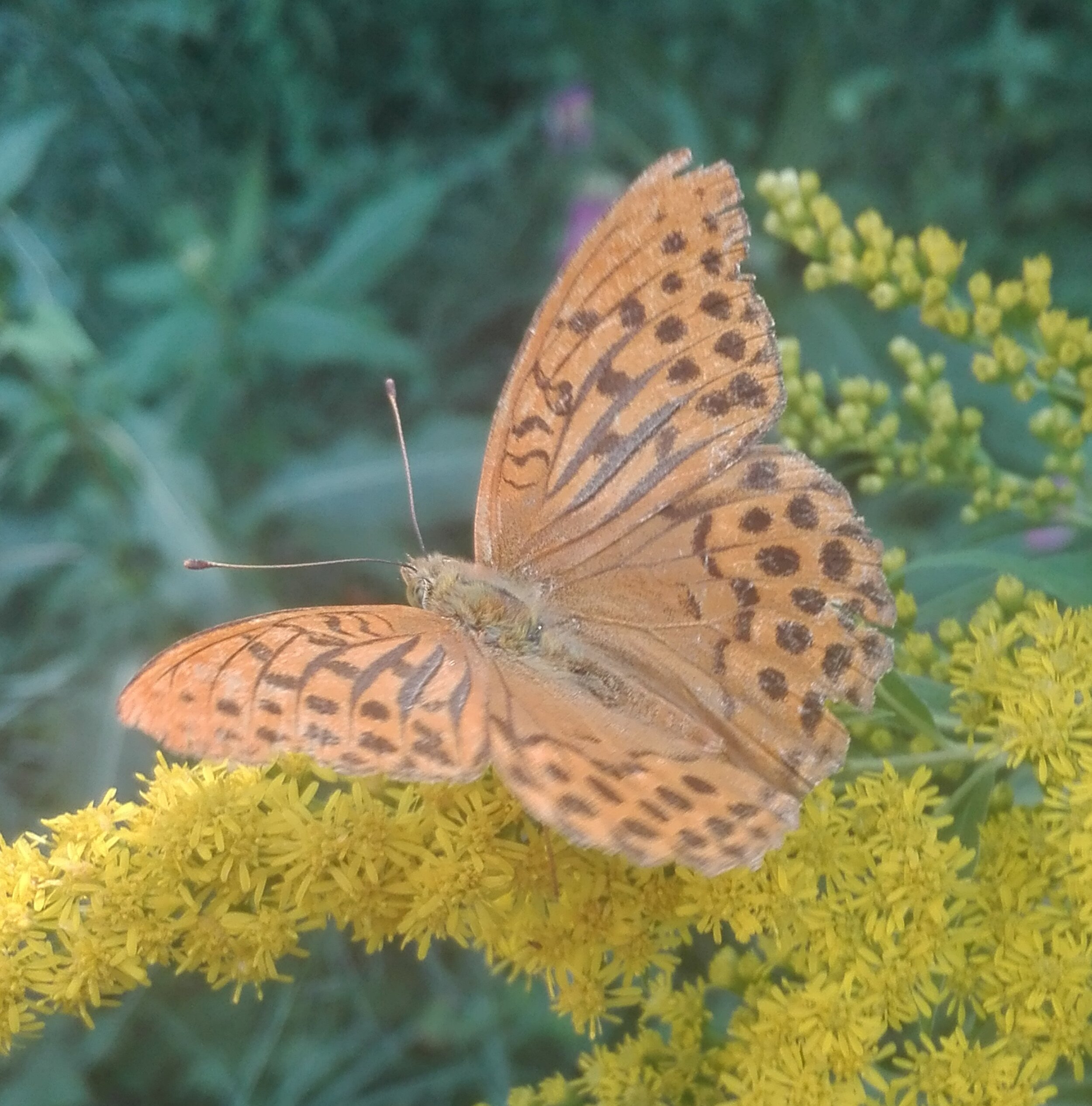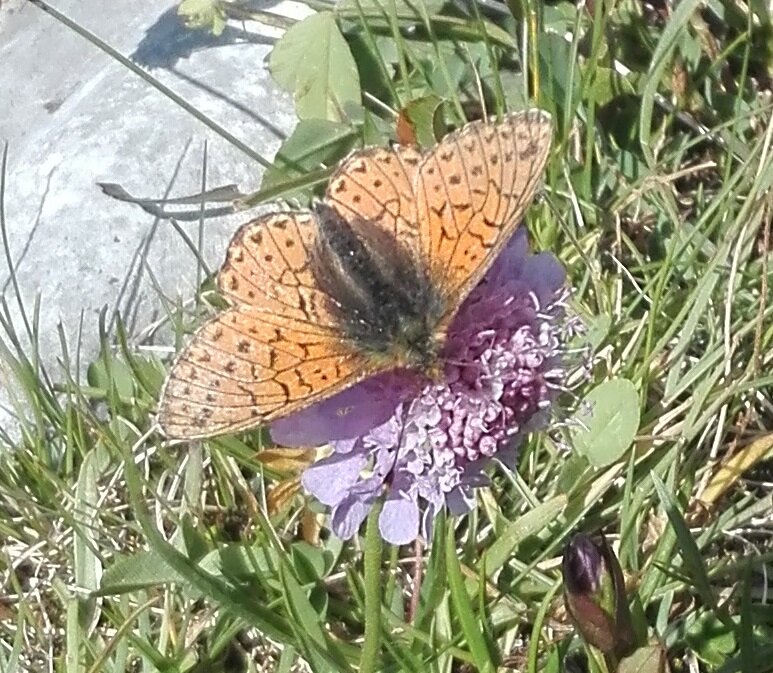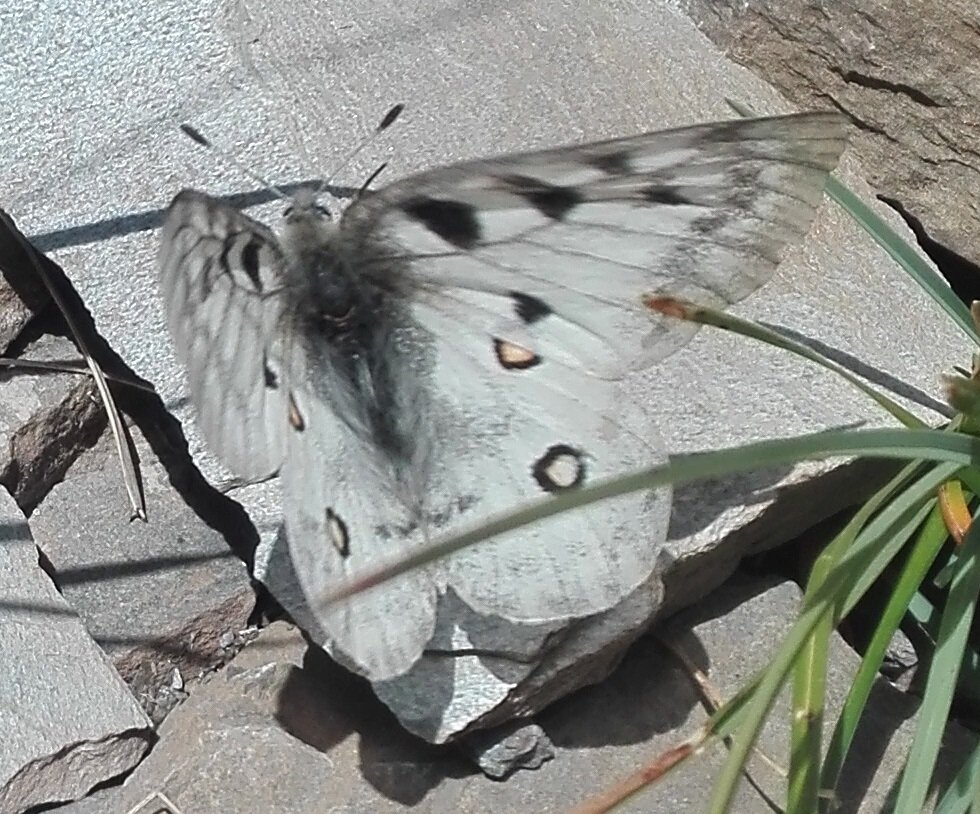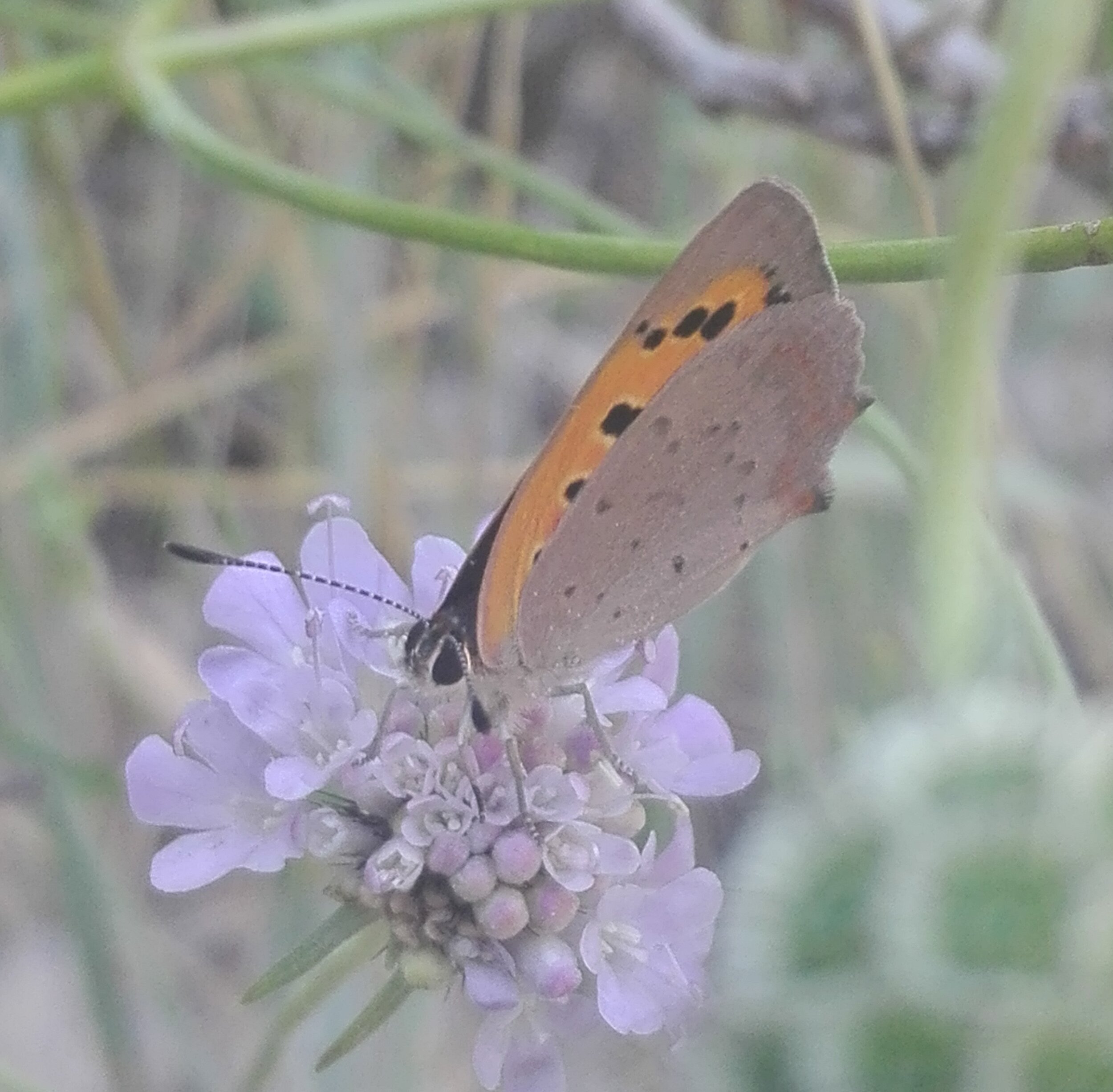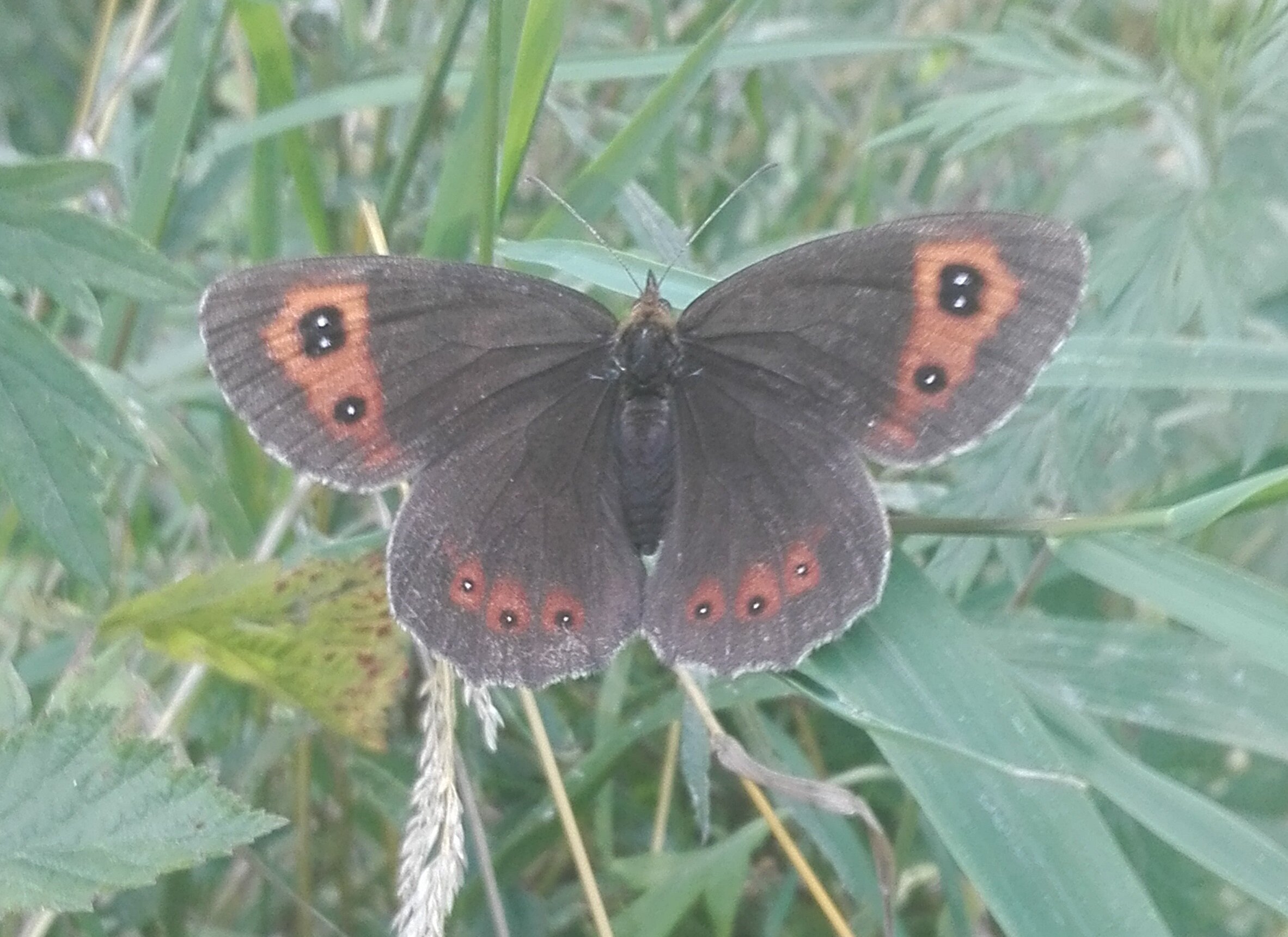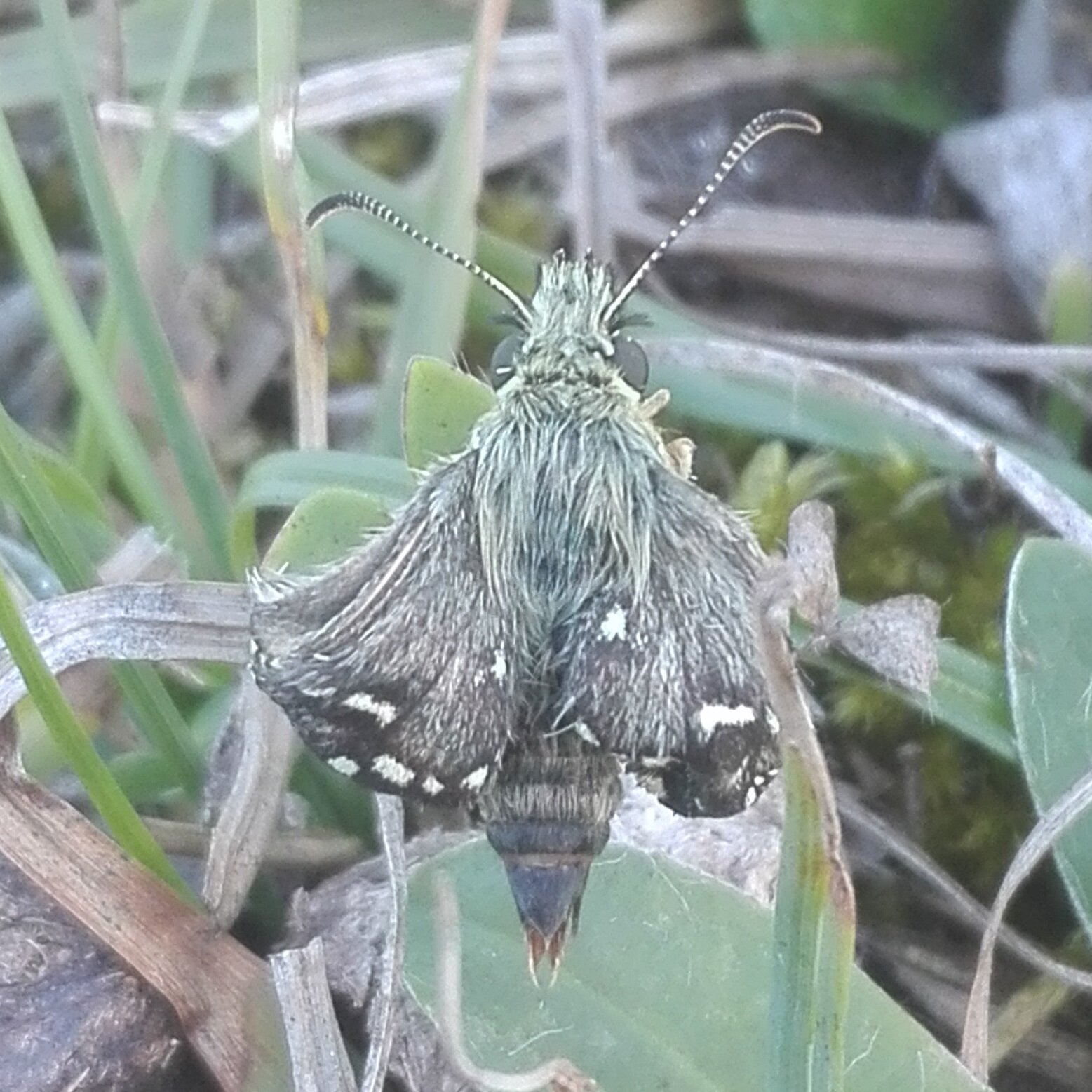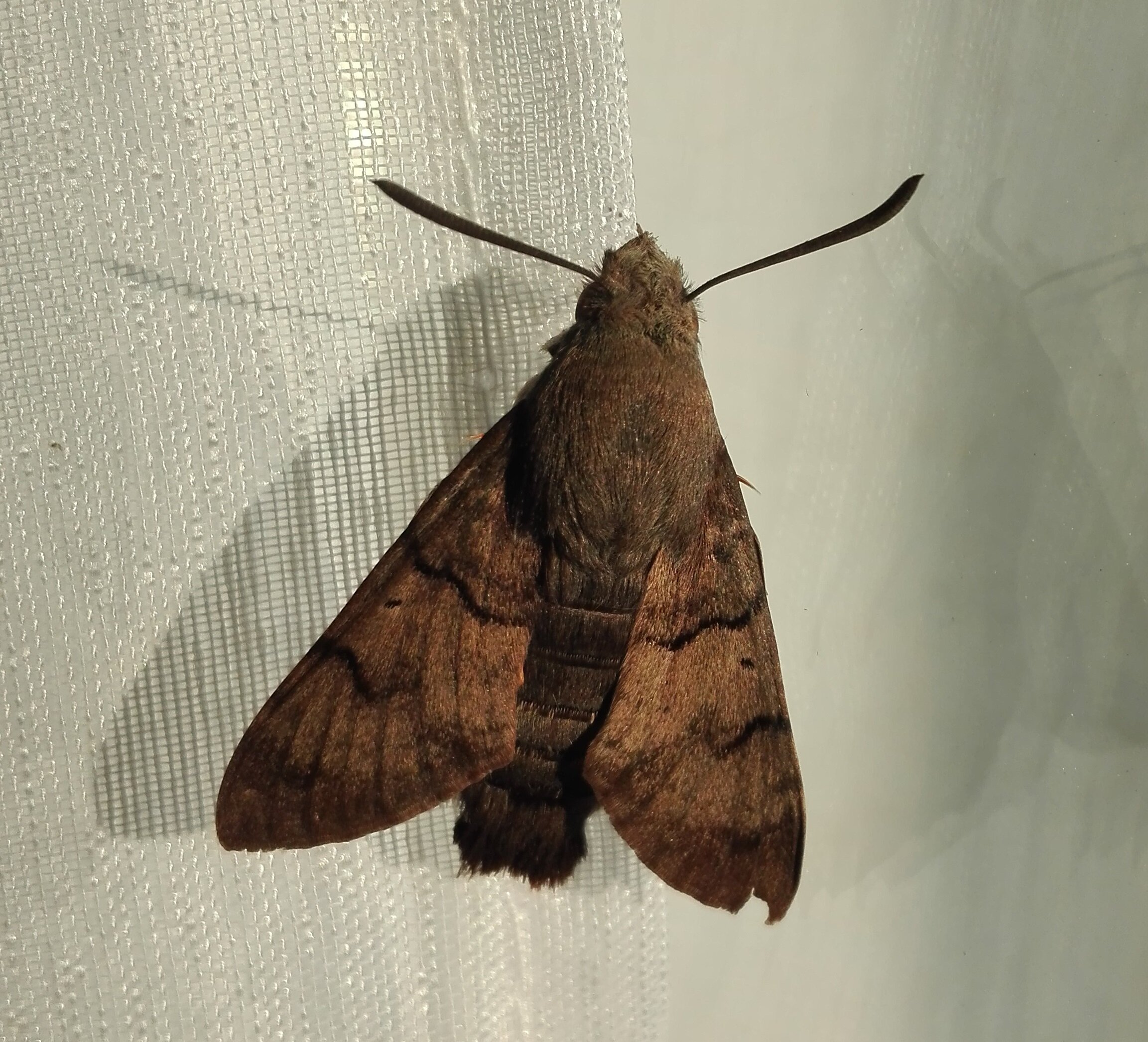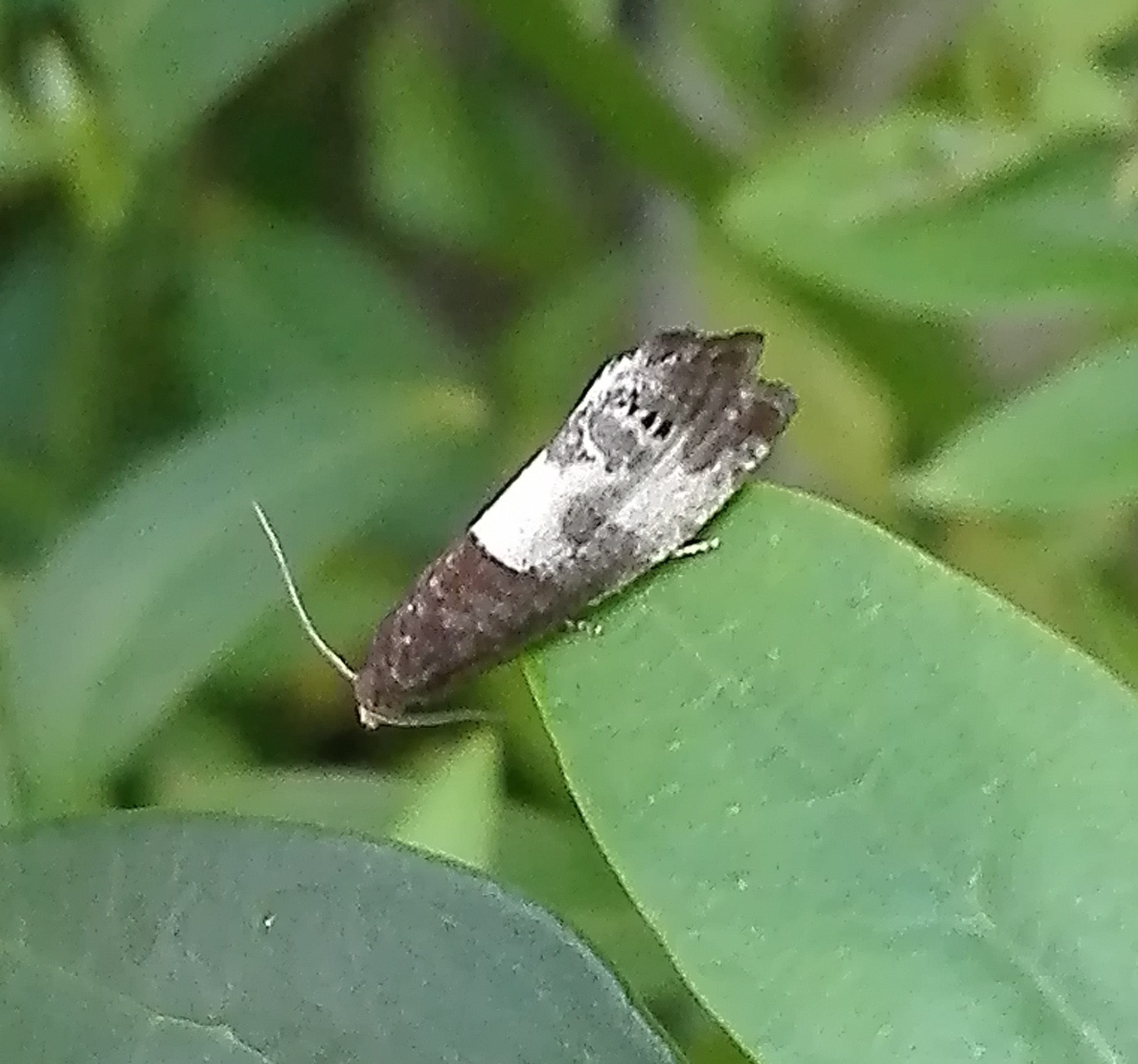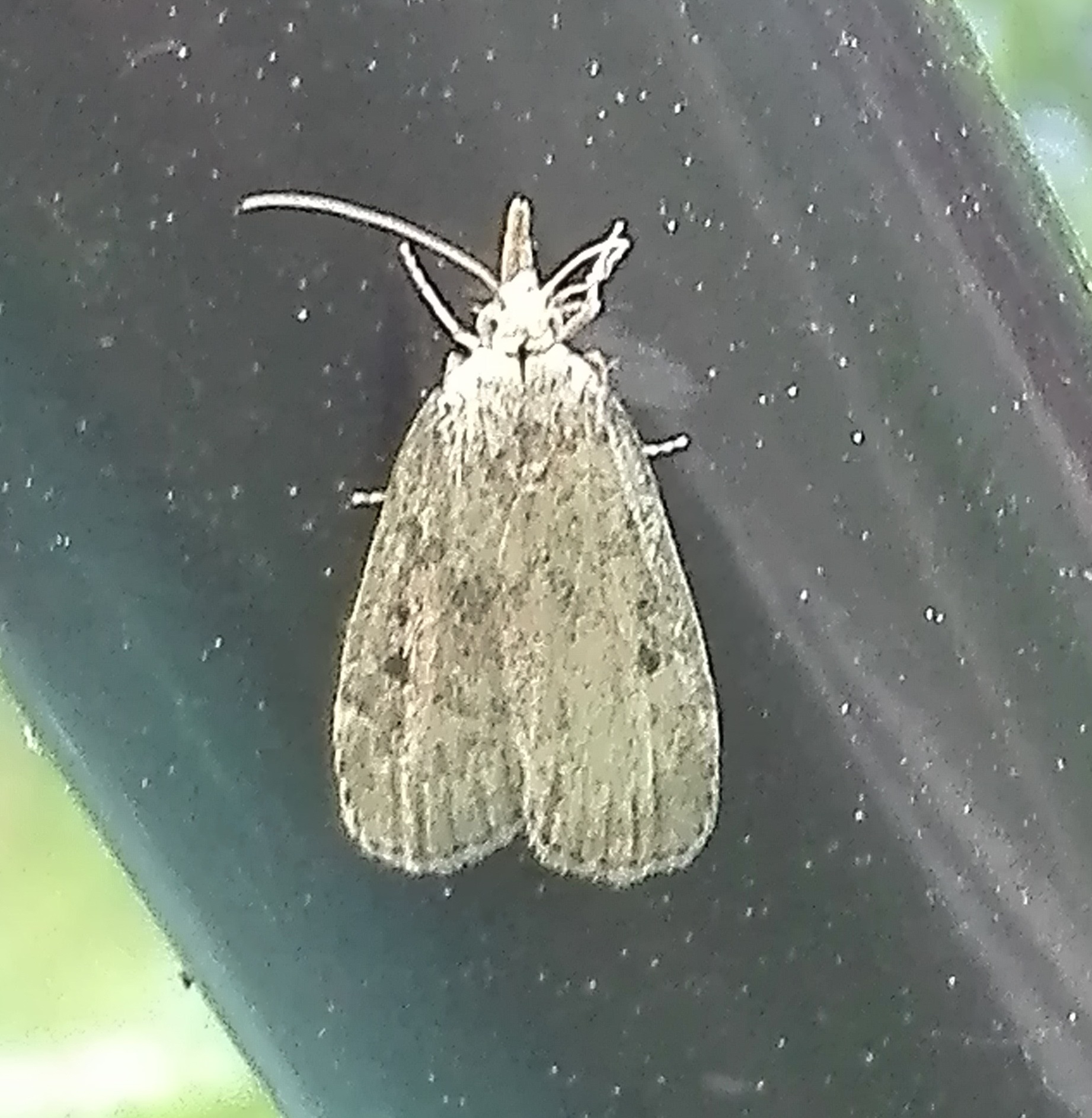A Glimmer of Life
/After the rain it was good to get out and do some gardening. It’s always good to know that the garden toads have made it through the winter. I live in hope that one year I’ll have some spawn in one of my basins - not long to wait until I found out if this is the year. Wood ear fungus has a good year, growing on the dead elder stump, where it’s been used to add some texture to soups during the winter. Finally a Common Plume Moth lurking in the herb garden was a surprise to me, but apparently this species does show up in all months of the year.

